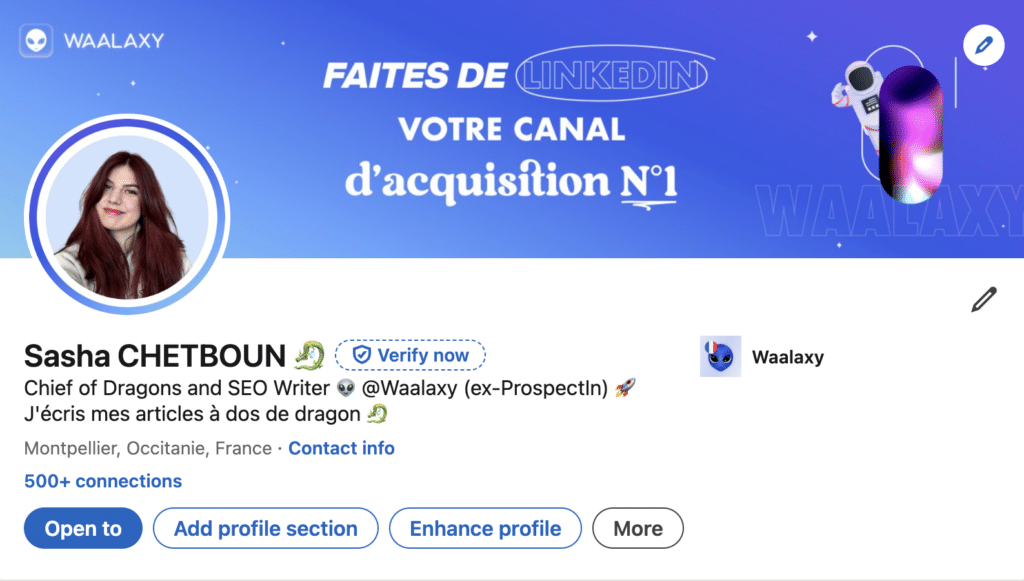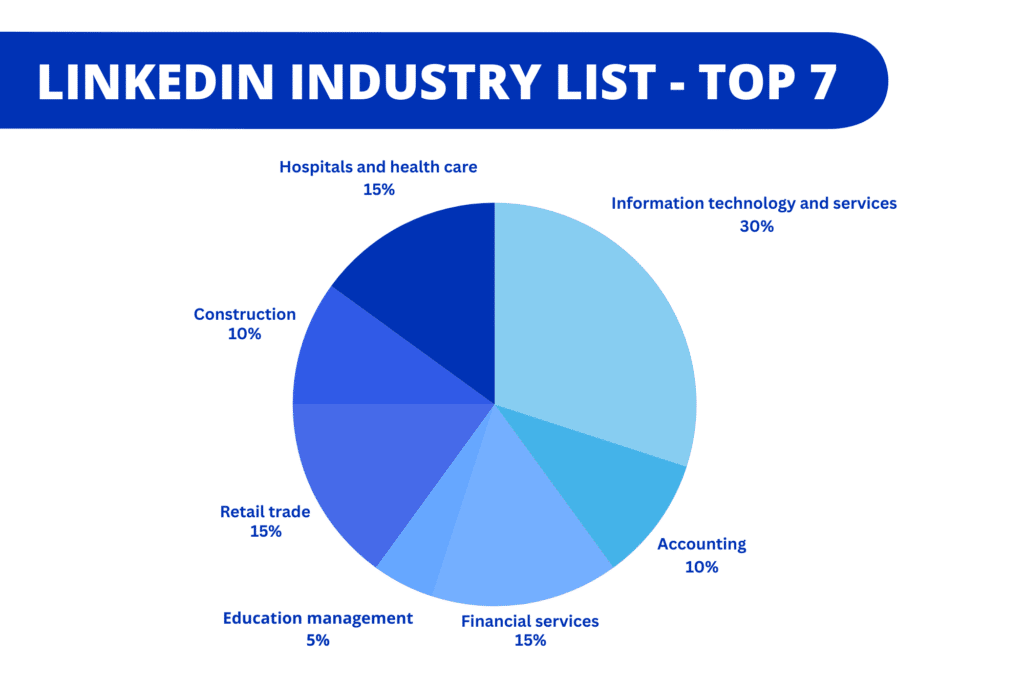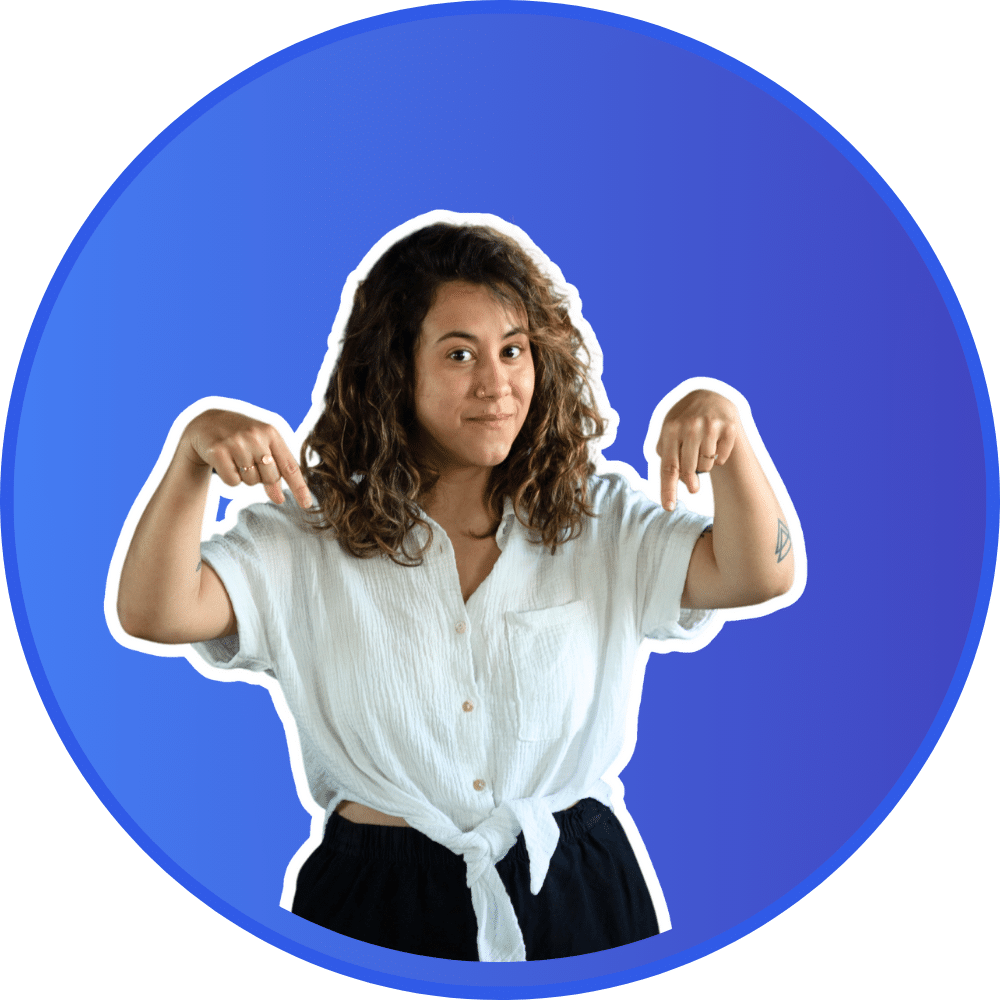LinkedIn is an incredible professional platform, offering you the opportunity to find the job of your dreams, according to LinkedIn Industry List, and to boost your visibility.
Don’t know what it is? Then this is the place to find out 🚀 !
What is the LinkedIn industry?
Why do you connect on LinkedIn ? You may have already asked yourself 💣 this question. When you decide to create your account, it’s certainly with the aim of :
- Find a job.
- Sell your product to a customer.
- Improve your sales.
- Increase visibility for yourself or your company.
- Showcase your area of expertise.
- Discover the latest news in a particular sector.
Today, we’re going to focus on the last item on this list. But what is an industry on LinkedIn?
Well, it’s about choosing a sector in which your business is located. This will allow you to sell a product or find out what field you excel in. 💪
By the way, it’s no coincidence that the professional platform asks you to identify the industry you work in when you create your account. This is the first step in optimizing your profile. 👀
How do I change my LinkedIn industry sector on my profile?
Of course, your sector of activity is not set in stone. You will, of course, have the opportunity to change it during the course of your professional adventure (no, you won’t stay stuck in one sector indefinitely). By the way, if you already have a LinkedIn profile, and you’d like to change your sector of activity, we’ll help you in your search 🔥 :
- Click on your portrait in the top right-hand corner.
- Click on the little pencil on your profile page.
- Scroll down until you see “Industry”.
- Define your sector of activity.

It’s a pretty straightforward process. As you can see, you can easily change anything at any time. Of course, there’s a long list of industries on LinkedIn (there are nearly 149), but which are the hottest? 👀
What’s the LinkedIn Industry List?
Would you like the complete and exhaustive list of all the industries that are on LinkedIn? It’s yours 🎁
Accounting and Financial Services sector
- Accounting.
- Banking.
- Capital markets
- Financial services.
- Investment banking.
- Investment management.
- Venture capital and private equity.
Air & Transport
- Airlines.
- Aviation and aerospace.
- Transportation / trucking.
- Logistics and supply chain.
- Maritime.
- Shipbuilding.
Legal and Government Affairs Sector
- Alternative dispute resolution.
- Judicial system.
- Legal practice.
- Legal services.
- Legislative office.
- Law enforcement.
- Public safety.
- Government administration.
- Government Relations.
- International affairs.
- Public policy.
- Political organization.
Medical & Wellness sector
- Alternative medicine.
- Biotechnology.
- Hospitals and healthcare.
- Medical devices.
- Medical practice.
- Mental health care.
- Health, wellness and fitness.
- Pharmaceutical products.
- Veterinary.
Technology and IT sector
- Computer and network security.
- Computer hardware.
- Computer networks.
- Computer software.
- Information technologies and services.
- Internet.
- Video games.
- Mobile games.
- Nanotechnology.
- Semiconductors.
Construction, Real Estate and Public Works Sector
- Building materials.
- Supplies and equipment for companies.
- Civil engineering.
- Commercial real estate.
- Construction.
- Real estate.
- Railroad construction.
- Recreational facilities and services.
Manufacturing and Industrial Sector
- Chemical products.
- Electrical and electronics manufacturing.
- Consumer electronics.
- Industrial automation.
- Machinery.
- Mining and metals.
- Oil and energy.
- Plastics.
- Packaging.
- Paper and forest products.
- Glass, ceramics and concrete.
Agriculture, Food & Consumer Sector
- Agriculture.
- Food and beverages.
- Food production.
- Dairy products.
- Supermarkets.
- Wholesale trade.
- Tobacco.
- Wines and spirits.
- Sporting goods.
- Luxury goods and jewelry.
Energy and Environment Sector
- Renewable energy and environment.
- Environmental services.
- Oil and energy.
- Defense and space.
Fashion and Arts
- Clothing and fashion.
- Arts and crafts.
- Performing arts.
- Fine arts.
- Cinema and film.
- Museums.
- Music.
- Photography.
- Animation.
Education and Research
- Education management.
- Higher education.
- Primary/secondary education.
- E-learning.
- Research.
- Program development.
- Vocational training and coaching.
Entertainment, Leisure and Media sector
- Entertainment.
- Audiovisual media.
- Media production.
- Online media.
- Newspapers.
- Publishing.
- Bookstores.
- Gambling and casinos.
- Sports.
- Leisure, travel and tourism.
- Cinema and film.
Creative and Design
- Architecture.
- Design.
- Graphic design.
- Photography.
Business and Organization Services sector
- Management consulting.
- Information services.
- Outsourcing.
- Event services.
- Facilities services.
- Personnel and recruitment.
- Consumer services.
- Individual and family services.
- Civic and social organizing.
- Non-profit management.
- Philanthropy.
- Security and safety.
- Fundraising.
- Religious institutions.
- Think tanks.
Hotels and Restaurants
- Hotels.
- Restaurants.
Trade and Marketing Sector
- Retail business.
- Marketing and advertising.
- Market research.
- Public relations and communications.
- International trade and development.
- Importing and exporting.
Logistics and Transport Sector
- Transportation / trucking.
- Logistics and supply chain.
- Warehousing.
Science and Engineering Sector
- Mechanical or industrial engineering.
- Civil engineering.
- Biotechnology.
What are the top 7 business sectors on LinkedIn?
We could tell you about each of the industries, but unfortunately, we’re running out of time. So we’re going to tell you about the 7 most represented industries on LinkedIn, those with the highest 📊 rankings:
- 1️⃣ Information technology and services.
- 2️⃣ Hospitals and healthcare.
- 3️⃣ Construction
- 4️⃣ Retail trade.
- 5️⃣ Education Management.
- 6️⃣ Financial Services.
- 7️⃣ Accounting.
These industries are the most represented on LinkedIn. It doesn’t mean that your industry isn’t good if it doesn’t appear in this list. It simply means that you have more people working in particular fields. And if you’re targeting potential new prospects, you might find that prospecting in a niche industry isn’t so bad 😜.

If we take the first four industries, that represents around 29% of LinkedIn users, which is pretty daring and means your search will be comprehensive.
List of industries on LinkedIn: what’s the point?
OK, it’s all well and good to know the different industries on LinkedIn, but in the end, what does it get us? I’m glad 💖 you asked this question. In fact, the industries will mostly serve you in your prospecting campaigns (that’s not their only use, but it’s a good start).
If you want to develop a sales or marketing strategy, of course you need to create the famous buyer persona. It’s often mentioned, and not by chance. 👀
The persona is quite simply the portrait of your ideal customer, the one who’s going to buy your product or services. So you absolutely must spend time thinking about it. You need to meet their needs.
To draw up a portrait of an ideal customer, you’ll need to : ⬇️
- Age.
- Gender.
- Area of expertise.
- Marital status (if necessary).
- Position in the company.
- Where you can find your customer.
- Any other information that seems relevant to your targeting.
You need to know the industries in which your prospects operate, to help you sell what you have to offer 😉.
How to use industry sectors on LinkedIn?
As mentioned above, using industry sectors can be a fascinating way of developing your prospecting. When you want to target a particular sector, you can use industry as a criterion to identify certain needs among your prospects. Of course, this list has evolved over time, but its usefulness remains the same for your prospecting. Setting it as your main criterion can be crucial if you want to sell a product or service.
But it can also be the starting point for a conversation 😀 with someone you want to get in touch with.
Sometimes you want to exchange ideas or establish a partnership with people who work in the same field as you.
Also, maybe you’ve thought about it, but optimizing your profile is a priority when you want to develop your visibility on LinkedIn.
💡 So, if you think about it, choosing the right industry is a good thing when creating your LinkedIn profile.
This will allow people to correctly identify the field in which you work. And if you’re a job seeker or recruiter, you can target the right people who are in the same field as you. This is fundamental to your business.
How about a recap?
We won’t tell you, but LinkedIn is a professional social network that lets you connect with people related (or not) to your industry (you already know this, unless you’re totally new to LinkedIn, which we doubt).
But that’s not its only use. Far from it. You can also sell on LinkedIn, develop a marketing strategy, you can advertise, identify new opportunities 💖. Anything is possible on LinkedIn if you’re prepared to devote a little of your time to it. If you want to optimize your business, your sales on LinkedIn, you’ll need to:
- Define your persona.
- Optimize your profile (we can’t stress enough the importance of having a professional profile).
- Excellent copywriting.
- Prospect effectively (with segmentation).
If you do your job properly, chances are you’ll get customer after customer.
Frequently asked questions
Now that you know more about industries on LinkedIn, let’s recap what we’ve said above and add some information that might be useful to you.
What is LinkedIn’s industry?
LinkedIn’s main business sector is Information Technology and Services.
It is part of the following areas:
- 🟣 Professional social networks.
- 🔵 Recruitment and job search.
- 🟣 Advertising and marketing.
How not to fill in the industry on LinkedIn?
First of all, it’s not mandatory to fill in the industry sector on LinkedIn! 👀
However, if you have filled it in, here are the steps you need to take to remove it: 👇🏼
- Go to Settings > Visibility > Edit your public profile.
- You can deactivate or limit publicly visible information.
So now you know everything there is to know about the LinkedIn industry list. So, which category do you fall into 🚀?













